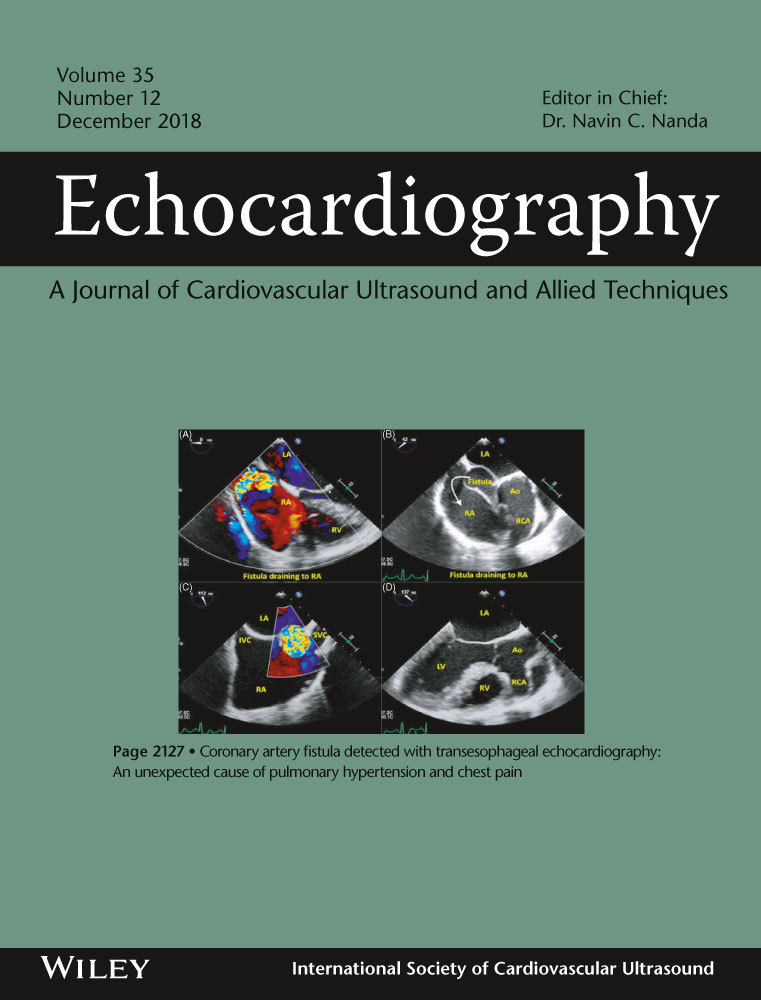Layer-specific strain in dipyridamole stress echo: A new tool for the diagnosis of microvascular angina
Abstract
Background
Dipyridamole stress echocardiography (DSE) represents a fundamental test in patients with suspected coronary artery disease (CAD). The diagnosis of microvascular disease is still challenging. We aimed to determine the diagnostic value of left ventricular (LV) layer-specific longitudinal (LS) and circumferential strain (CS) by Speckle Tracking in detecting CAD during DSE and to study if they can help in discriminate between a negative echo and a suspected microvascular angina.
Methods and results
We enrolled 66 patients with known or suspected CAD. All underwent standard DSE. We identified 3 groups according to the result of DSE (36 negative DSE, 19 positive DSE, 11 indicatives for microvascular disease). Wall motion score index, global LV LS and CS (global longitudinal strain [GLS] and global circumferential strain [GCS]), and layer-specific LV LS and CS were measured at rest and peak stress. The Delta between rest and peak stress values was calculated. GLS increased after injection in negative DSE and microvascular disease while reducing in positive DSE. Endocardial GCS and transmural GCS values were stable in microvascular disease while increasing significantly in negative DSE, helping in the diagnosis. The specific analysis of endocardial LS showed the most powerful difference between healthy and macrovascular CAD patients, both for LS and CS.
Conclusions
Global circumferential strain can be a new valuable added tool in the echocardiographic diagnosis of microvascular disease. Endocardial GLS is the best indicator of an altered wall deformation in the presence of macrovascular ischemia.




